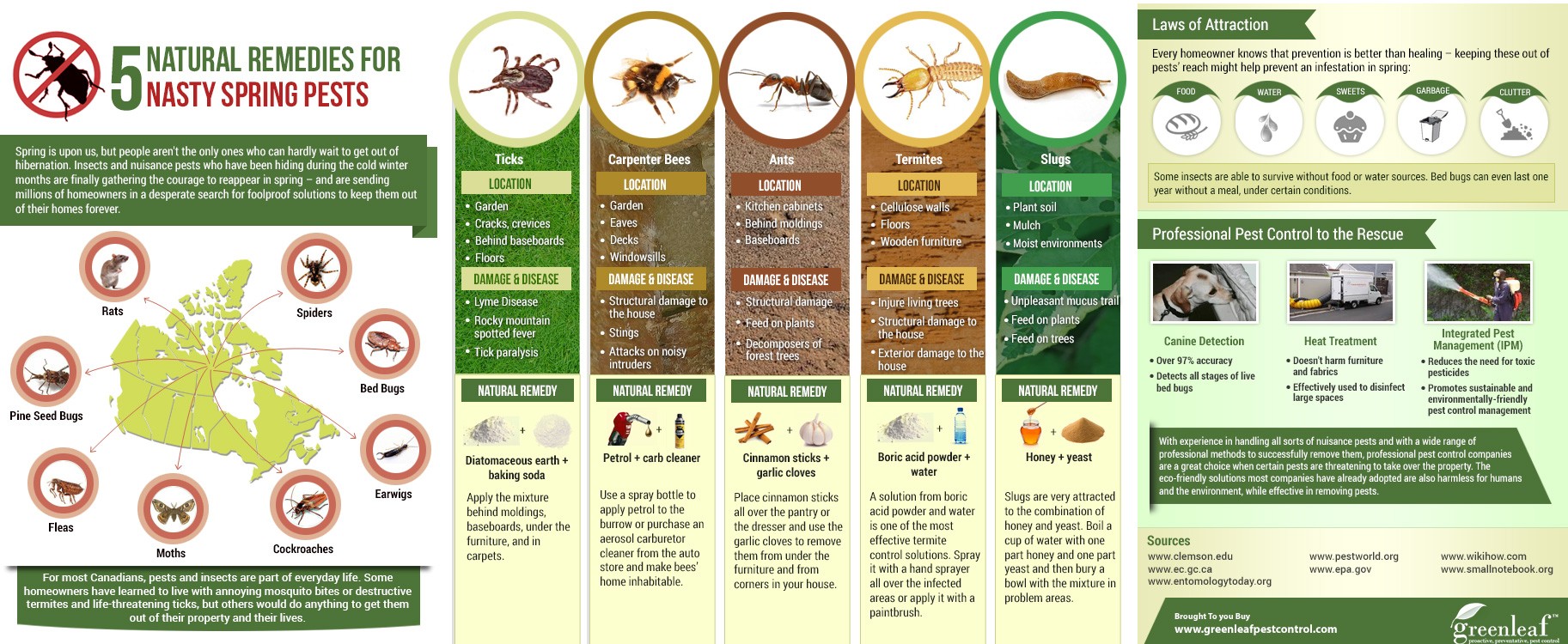Picture your attic room as a relaxing Airbnb for rodents, with insulation as fluffy as resort pillows and wiring more tempting than room service. Currently, think of these undesirable visitors throwing a wild party in your house while you're away. As a homeowner, guaranteeing your attic is rodent-proof is not practically comfort; it's about securing your property and loved ones. So, what basic steps can you require to safeguard your shelter from these hairy intruders?
Examine for Access Points
To begin rodent-proofing your attic room, examine for entry factors. Begin by meticulously examining termite insect of your home, searching for any openings that rats could use to get to your attic room. Check for gaps around utility lines, vents, and pipes, in addition to any kind of fractures or openings in the foundation or house siding. Make sure to pay very close attention to areas where various structure materials meet, as these are common access points for rodents.
In addition, inspect the roofing for any kind of damaged or missing out on tiles, in addition to any voids around the sides where rats could squeeze via. Inside the attic, try to find indicators of existing rodent task such as droppings, chewed cables, or nesting products. Use a flashlight to completely check dark corners and surprise spaces.
Seal Cracks and Gaps
Inspect your attic room thoroughly for any cracks and gaps that need to be sealed to prevent rats from entering. Rodents can press with even the smallest openings, so it's vital to secure any type of prospective access points. Check around pipelines, vents, cords, and where the walls fulfill the roof. Use a combination of steel woollen and caulking to seal off these openings properly. Steel woollen is an outstanding deterrent as rats can not chew via it. Make certain that all gaps are firmly sealed to deny accessibility to undesirable bugs.
Don't ignore the significance of sealing voids around windows and doors also. Use weather removing or door sweeps to seal these areas successfully. Check the locations where energy lines get in the attic room and secure them off making use of an ideal sealant. By putting in ant bed killer to secure all cracks and gaps in your attic, you develop an obstacle that rats will locate difficult to violation. Avoidance is key in rodent-proofing your attic room, so be detailed in your initiatives to seal off any kind of possible entry factors.
Remove Food Resources
Take proactive measures to get rid of or store all possible food resources in your attic room to prevent rats from infesting the area. Rats are brought in to food, so removing their food sources is crucial in keeping them out of your attic.
Below's what you can do:
1. ** Shop food firmly **: Stay clear of leaving any food items in the attic room. Shop all food in airtight containers constructed from steel or durable plastic to prevent rats from accessing them.
2. ** Tidy up particles **: Remove any type of stacks of debris, such as old papers, cardboard boxes, or timber scraps, that rodents can use as nesting product or food sources. Maintain the attic room clutter-free to make it much less attractive to rats.
3. ** Dispose of rubbish correctly **: If you utilize your attic room for storage and have rubbish or waste up there, ensure to get rid of it on a regular basis and appropriately. Decaying trash bin bring in rodents, so keep the attic clean and without any type of natural waste.
Verdict
Finally, keep in mind that an ounce of prevention is worth a pound of cure when it concerns rodent-proofing your attic.
By making the effort to inspect for entry factors, seal splits and voids, and get rid of food resources, you can keep unwanted bugs at bay.
Bear in mind, 'An ounce of avoidance deserves a pound of treatment' - Benjamin Franklin.
Stay visit the following web site and secure your home from rodent infestations.
